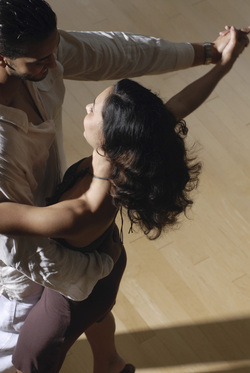
Having adopted tango many years ago as my self-improvement project, I am always on the lookout for something that promises not only to make me a better dancer but a better person in the process. The blending of the tango and focusing into a weekend workshop was instantly enticing.
The promo for Tango and Focusing: Presence in Motion (http://focusingresources.com) read:
At the time I knew nothing about focusing but signed up for first level because it was a prerequisite for the tango workshop. Lucinda Hayden's' expert tutelage quickly made me realize that there was something of lasting value in this part of the process, irrespective of the tango connection.
Nonetheless I was still uncertain about how the introspective stillness of focusing would blend with the active outward expression of dance. I have been experimenting for a long time with various processes that might assist with tapping into the rich psychological insights that tango presents. One notable example is Transforming through Tango, a program developed by Gwen Spinks (www.gwenspinks.com), a lifelong dance teacher, which combines journalling and reflection with tango instruction in a workshop setting.
I have for years done this type of processing (with a good portion of psychoanalysis and counselling mixed in) and found it very meaningful and healing (and in fact, eventually wrote a book about my process.) The one limitation with the juxtaposition of journaling and tango in a workshop setting is that I found the process of moving back and forth between the two lacking flow, likely because dancing is intuitive, sensual, body-based and the journalling is reflective and analytical.
To my surprise and delight, this was not my experience with blending tango and focusing. In fact, the modalities felt complimentary. I could transition instinctively from my body awareness in tango to my felt-sense in focusing. We danced tango for and hour or two and then did focusing exercises for half to one hour. This allowed a smooth transition from one to the other and a deeper exploration of the dynamics and inner issues which surfaced in the dancing. Consequently the learning was not just about the dance steps but more importantly, about the issues of trust, intimacy, communication, sensuality that tango identifies.
This process was supported by Lucinda's gracious and hospitable leadership and the sensitive, insightful spirit of her colleague and tango instructor, Tom Lewis, who is not only a talented tangero but also a gifted energetic practitioner. Throughout the instruction Tom had us focus on the relational dynamics as much as the particular steps. Tom introduced the terminology of intender and receiver to underscore the deep energetic exchange and connection between lead and follow. Add to the leadership was a guest appearance by talented San Francisco musician and tango teacher, Guillermo Garcia.
One of the most exciting aspects of this learning is that the surface is just being scratched. There are so many layers of exploration and understanding as to how tango and dance can assist in our personal development and healing. I am committed to both tango and focusing in pursuing this exploration.
The promo for Tango and Focusing: Presence in Motion (http://focusingresources.com) read:
- (this workshop) is designed first to explore ourselves as energy bodies before we move in relationship with another. Men and women will play both the roles of "inviter" and "receiver" of the energy as we learn to move together.
- Focusing offers a way to experience and practice: finding and strengthening Self-in-Presence; keeping company with emotional reactions that arise while learning something new; and going beyond your familiar ways of moving with kind support.
- Tango offers a way to experience and practice maintaining your grounded center as you move, communicating clearly and respectfully - without words, claiming your own space while offering space to another.
At the time I knew nothing about focusing but signed up for first level because it was a prerequisite for the tango workshop. Lucinda Hayden's' expert tutelage quickly made me realize that there was something of lasting value in this part of the process, irrespective of the tango connection.
Nonetheless I was still uncertain about how the introspective stillness of focusing would blend with the active outward expression of dance. I have been experimenting for a long time with various processes that might assist with tapping into the rich psychological insights that tango presents. One notable example is Transforming through Tango, a program developed by Gwen Spinks (www.gwenspinks.com), a lifelong dance teacher, which combines journalling and reflection with tango instruction in a workshop setting.
I have for years done this type of processing (with a good portion of psychoanalysis and counselling mixed in) and found it very meaningful and healing (and in fact, eventually wrote a book about my process.) The one limitation with the juxtaposition of journaling and tango in a workshop setting is that I found the process of moving back and forth between the two lacking flow, likely because dancing is intuitive, sensual, body-based and the journalling is reflective and analytical.
To my surprise and delight, this was not my experience with blending tango and focusing. In fact, the modalities felt complimentary. I could transition instinctively from my body awareness in tango to my felt-sense in focusing. We danced tango for and hour or two and then did focusing exercises for half to one hour. This allowed a smooth transition from one to the other and a deeper exploration of the dynamics and inner issues which surfaced in the dancing. Consequently the learning was not just about the dance steps but more importantly, about the issues of trust, intimacy, communication, sensuality that tango identifies.
This process was supported by Lucinda's gracious and hospitable leadership and the sensitive, insightful spirit of her colleague and tango instructor, Tom Lewis, who is not only a talented tangero but also a gifted energetic practitioner. Throughout the instruction Tom had us focus on the relational dynamics as much as the particular steps. Tom introduced the terminology of intender and receiver to underscore the deep energetic exchange and connection between lead and follow. Add to the leadership was a guest appearance by talented San Francisco musician and tango teacher, Guillermo Garcia.
One of the most exciting aspects of this learning is that the surface is just being scratched. There are so many layers of exploration and understanding as to how tango and dance can assist in our personal development and healing. I am committed to both tango and focusing in pursuing this exploration.
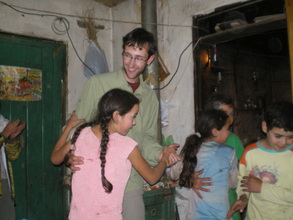
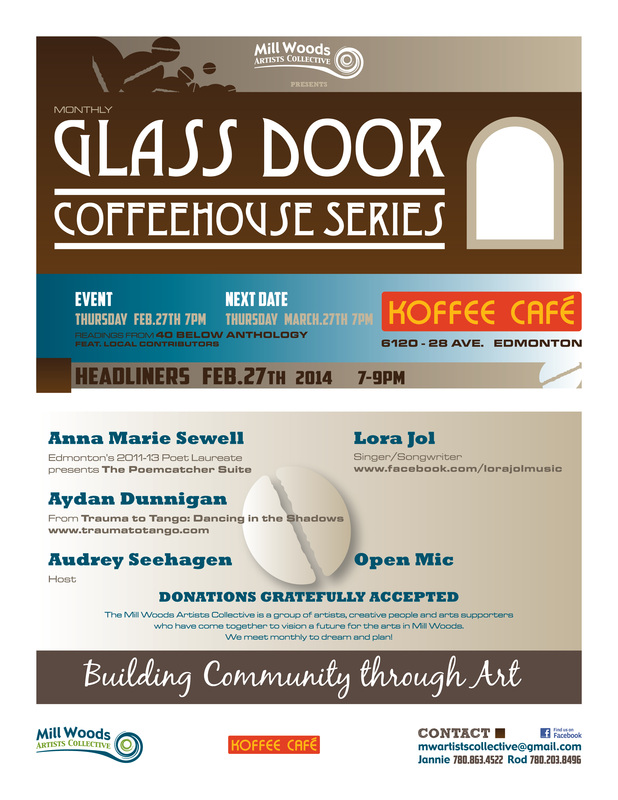
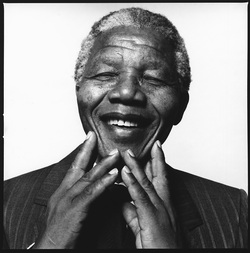
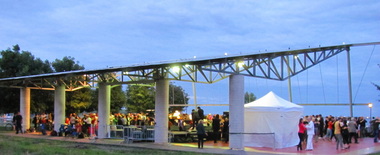
 RSS Feed
RSS Feed